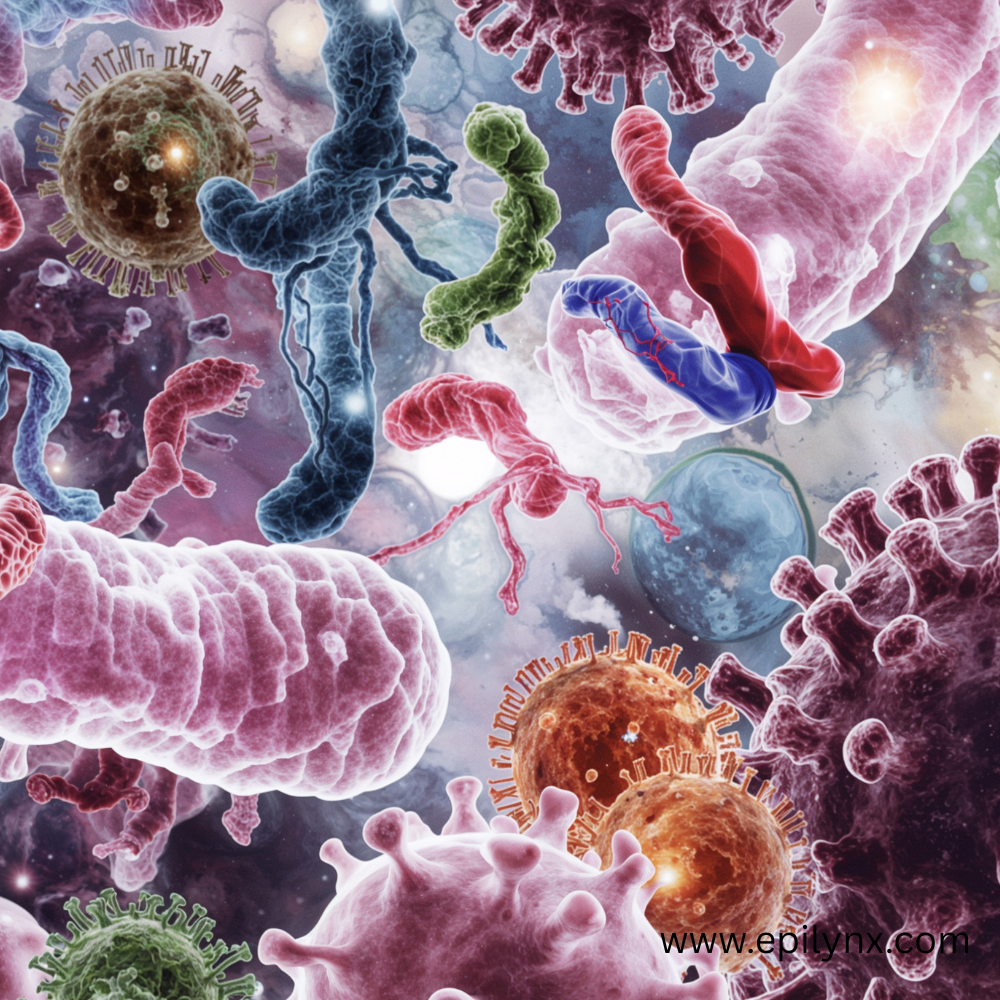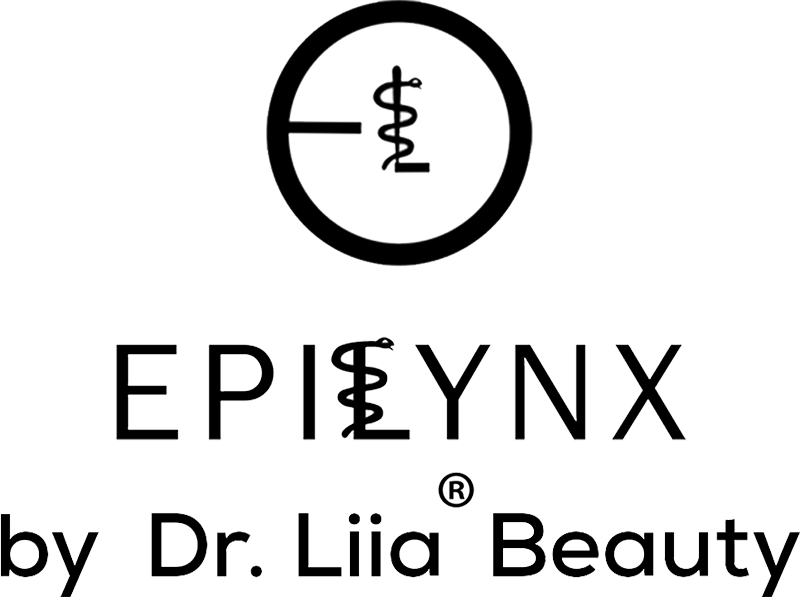
The Microbiome Revolution: Why Your Skin’s Bacteria Might Be the Key to Lasting Health (and How to Keep Them Happy)
You’re Never Really Alone (and That’s a Good Thing) 🦠💚
Right now, as you read this, trillions of microscopic organisms are living on your skin.
Before you panic — they’re not invaders. They’re your roommates.
In fact, they’re paying rent in protection:
they fight infections, balance oil, reduce inflammation, and even train your immune system.
This microscopic community is called your skin microbiome — and it’s quietly one of the most important players in your overall health and appearance.
When it’s happy, your skin glows.
When it’s off-balance, you’ll see irritation, acne, dryness, or even eczema.
Let’s explore what these microbes do, what throws them off, and how to live in harmony with them.
1. What Exactly Is the Skin Microbiome?
Think of your skin as a city — and the microbiome as all the citizens living in it.
There are bacteria, fungi, viruses, and even tiny mites — all coexisting in a delicate ecosystem.
Each patch of skin (face, scalp, hands, etc.) has a different community depending on oil levels, moisture, and exposure.
📌 Science fact:
The average human has around 1 trillion microbes living on their skin — and over 1,000 bacterial species.
Some of the key residents:
-
Staphylococcus epidermidis – helps protect against infections
-
Cutibacterium acnes – balances oil (in moderation)
-
Corynebacterium – helps maintain pH and odor balance
-
Malassezia – a yeast that, when balanced, keeps inflammation low
Together, they’re your skin’s first immune defense.
2. What the Microbiome Actually Does for You
Your microbiome isn’t just “there” — it’s working overtime.
-
🧠 Communicates with your immune system – teaches your body to tolerate good bacteria and attack the bad.
-
🧴 Balances oil and moisture – microbes produce lipids and peptides that strengthen your barrier.
-
💥 Fights off pathogens – beneficial bacteria release natural antibiotics to keep invaders out.
-
🌿 Regulates inflammation – they tell your immune cells when to chill out.
📌 Hard fact: People with balanced microbiomes show 25% faster wound healing and significantly less redness or irritation after treatment.
3. How You’re Accidentally Destroying It (And Don’t Even Know It) 🚫
We’re trained to think “clean = good.”
But sometimes, too clean is the problem.
Here’s what’s wiping out your microscopic allies:
🔹 Harsh Cleansers and Alcohol
They strip away natural oils that microbes need for shelter and food.
Fragrance, alcohol, and sulfates kill beneficial bacteria along with the bad.
🔹 Over-Exfoliation
Too many acids or scrubs disrupt the microbial habitat — like an earthquake for your face.
🔹 Antibiotics
Topical or oral antibiotics can erase your microbiome diversity in days.
Once gone, it takes months to rebuild.
🔹 Poor Diet
High sugar and low fiber diets feed pro-inflammatory bacteria that can affect your skin’s balance through the gut-skin axis.
🔹 Stress
Cortisol affects sebum (oil) production, which changes the “food supply” for your skin microbes.
4. Signs Your Microbiome Is Out of Balance 😬
-
You suddenly develop new sensitivities
-
You’re dry and oily at the same time
-
Breakouts appear even with good hygiene
-
Your skin stings after applying mild products
-
Eczema or rosacea flares out of nowhere
📌 Science fact: Microbiome imbalance (dysbiosis) increases your risk for chronic conditions like atopic dermatitis and seborrheic dermatitis.
5. How to Support a Healthy Microbiome (Your Step-by-Step Plan)
Step 1: Gentle Cleansing Only
Use mild, pH-balanced cleansers (around 5.5).
Avoid sulfates (like SLS) and heavy foaming formulas.
💡 Tip: If your face feels “squeaky,” you’ve stripped your barrier and evicted good microbes.
Step 2: Moisturize Intelligently
Your microbes need hydration too.
Choose moisturizers rich in ceramides, glycerin, and squalane — they mimic natural skin lipids that microbes thrive on.
Avoid overuse of strong actives (like retinol or acids) until your barrier is stable.
Step 3: Feed Your Skin (Literally)
Some ingredients act as prebiotics — food for good bacteria.
Look for:
-
Inulin (from chicory root)
-
Oat extract
-
Niacinamide
-
Panthenol
These help beneficial microbes flourish naturally.
Step 4: Go Fragrance-Free and Allergen-Safe
Many allergens (gluten, soy, nuts, fragrance) irritate the barrier, indirectly disrupting the microbiome.
A calm, allergen-safe environment lets microbes regulate themselves.
Step 5: Protect Your Habitat (SPF & Lifestyle)
UV rays kill surface bacteria and trigger inflammation.
A daily mineral sunscreen protects both your cells and their tiny friends.
Lifestyle matters too:
-
Sleep 7–8 hours
-
Eat diverse, fiber-rich foods
-
Manage stress
-
Stay hydrated
Because your skin microbiome and gut microbiome talk constantly — what’s good for one is good for the other.
6. The Science of Skin & Gut Connection 🦠💬
Your body’s largest organ (skin) and your largest microbial hub (gut) are in constant communication via the gut-skin axis.
Gut inflammation increases blood levels of molecules that can worsen acne, rosacea, and sensitivity.
Conversely, balanced gut flora improves your skin’s immunity.
📌 Hard fact: Studies show probiotic use (both dietary and topical) can reduce acne severity by 40% and improve eczema flare recovery by 30%.
💡 Tip: Think of it like this — your skin is a mirror of your gut’s peace or chaos.
7. Should You Use Probiotic Skincare? The Honest Truth
Probiotic skincare (with live bacteria) is trendy — but complicated.
Most “live” bacteria in jars can’t actually survive long-term.
📌 Science says:
What matters more is prebiotics and postbiotics — ingredients that feed or support good microbes rather than trying to replace them.
✅ Look for labels with:
-
Prebiotic plant extracts
-
Fermented ingredients (like rice, soy-free ferments, or lactic acid)
-
pH-balanced bases
Avoid:
-
Alcohol, parabens, and essential oils (they kill good bacteria faster than bad).
8. What “Balanced” Feels Like
When your microbiome’s happy, you’ll notice:
✨ Softer, smoother texture
✨ Less redness and reactivity
✨ Fewer breakouts
✨ A healthy, hydrated glow that doesn’t fade by noon
Your skin won’t feel “perfect” — it’ll feel peaceful.
Quick Science Recap: The Microbiome in Numbers 🔬
💡 You have 1 trillion+ microbes on your skin.
💡 Skin pH of 5.5 keeps good bacteria dominant.
💡 Alcohol kills 90% of surface bacteria in seconds — including helpful ones.
💡 Antibiotic use reduces microbiome diversity for 3–6 months.
💡 Balanced microbiome = 25–30% faster healing response.
Final Thought: Feed Your Flora, Not Your Fears 🌿
The future of skincare isn’t about stripping, sterilizing, or fighting bacteria — it’s about collaborating with them.
Your microbiome isn’t the enemy.
It’s your first line of defense, your natural moisturizer, your invisible skincare team.
So be gentle.
Go fragrance-free.
Feed your microbes with hydration, sleep, and clean nutrition.
Because healthy skin isn’t spotless — it’s balanced.


